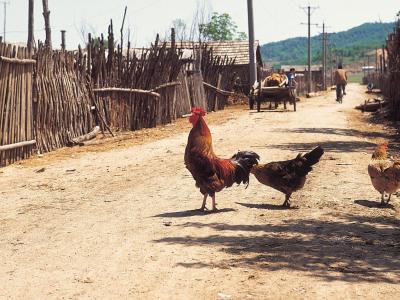The Barbados Ministry of Health and Wellness recently reported two cases of Oropouche virus, both involving adults.
.jpg)
The report didn't specify if the cases were locally acquired or imported, but officials advised the public to take precautions against mosquito and insect bites. The disease is spread by biting midges and some mosquito species.
Earlier this week, officials from the Pan American Health Organization (PAHO) raised concerns about the spread of Oropouche virus in the Americas, along with dengue and avian flu.
The region has reported more than 11,600 cases this year from 12 countries and territories, mainly Brazil. Though the outbreak is smaller than record dengue activity, PAHO officials said the geographic spread of Oropouche virus activity is increasing outside the Amazon basin, including to areas with no history of the disease, which has been linked to some congenital infections and poor pregnancy outcomes.
CDC ups travel alert for part of Brazil
The US Centers for Disease Control and Prevention (CDC) this week issued a level 2 travel notice (yellow, practice enhanced precautions) for people visiting Brazil’s Espirito Santo state, located in the country’s southeast, due to an Oropouche virus outbreak. It urged pregnant women to reconsider nonessential travel to the area and advised all travelers to take steps to prevent bug bites, including for 3 weeks after returning to the United States, and to consider using condoms or not having sex during travel and for 6 weeks after travel.
The CDC has a level 1 travel notice (blue, practice usual precautions) in place for Oropouche virus in the Americas, where low numbers of cases have been reported Bolivia, other parts of Brazil, Colombia, Cuba, Dominican Republic, Ecuador, Guyana, and Peru.












